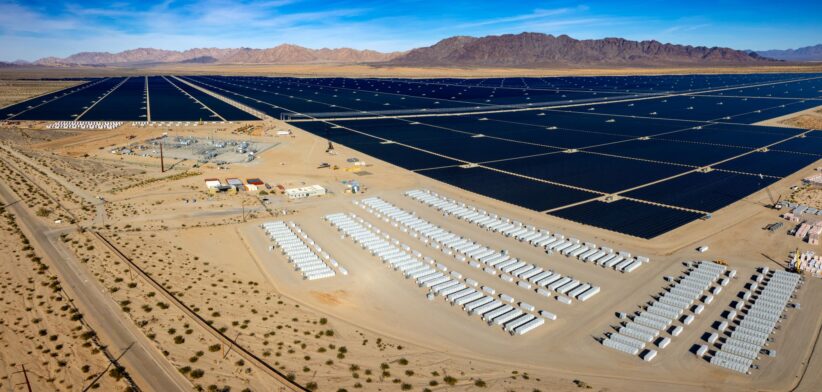Australia’s goal of achieving net-zero is “out of reach” without large-scale energy storage.
A new report from Monash University suggests without policy changes to better support storage, the full potential of renewable energy would not be achieved.
Associate Professor Guillaume Roger said new analysis showed that how electricity was traded today, and the financial instruments that supported the trade, were inadequate to deal with intermittent energy and storage.
“The problem is that renewable energy must be stored to really be useful,” Associate Professor Roger said.
“There is too much of it when we don’t need it, and not enough when we do.”
He said Australia’s ambitious clean energy targets of 43 percent emissions reduction by 2030, 82 percent renewable energy generation by 2030 and net zero emissions by 2050, hinged on large-scale electricity storage.
“Without storage, these goals remain out of reach.
“Electricity storage on a large scale is the perfect, and very timely, complement to sporadically available renewable energy generation,” Associate Professor Roger said in the white paper, released today.
“Storage enables the intertemporal shift of electricity production to make energy accessible when required rather than when available.”
He said storage was very complicated to understand and operate, and the manner in which the National Energy Market (NEM) was currently operating was not conducive to efficient storage operation, nor of storage investment.
“As a result, Australia is stalling.”
He said the new research presented a range of policy recommendations and reforms for policymakers, market operators, and industry stakeholders, emphasising a combination of simple reforms that were already in operation in other markets.
“These include the introduction of adequate financial instruments to support investment, and further investment in research to design a market that can cope with the complete retirement of fossil fuel generators.”
Download the full white paper: The storage imperative. Powering Australia’s clean energy transition. Implications for the NEM








